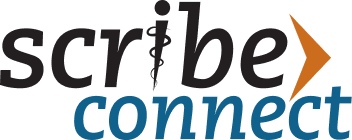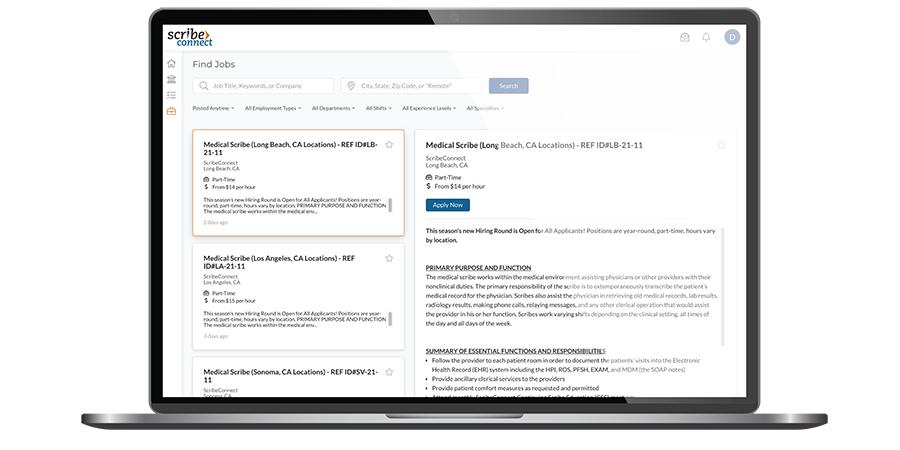Multitasking isn’t always great for efficiency. Work smarter, and work harder. But don’t work LONGER.
Idyllwild, CA – August 1, 2016 – by Kasaan Hammon
In any workplace, from manufacturing to medicine, efficiency is key. Getting more done in less time leads to productivity, and productivity leads to a successful business. Getting more done is less time at work also leaves more time to have a life outside of work. Doctor Lynn Ho set out to maximize efficiency in her family practice because she wanted to spend less time completing administrative tasks and more time seeing patients. “It’s extremely important to be efficient,” Ho says of running her practice. “The less efficient I am, the later I go home. The more efficient I am, the less I work.”(1)
With efficiency as an essential contributor to business success and personal satisfaction, how to get more done quickly becomes the next question. In today’s world, the answer inevitably involves technology. In the world of modern health care, one of the big answers has been the electronic health record (EHR). In the past 20 years, we have seen the dramatic evolution of EHRs from innovation, to mandate, to very soon the norm. Ever since President Bush called for computerized health records in his 2004 State of the Union Address, the EHR revolution kicked into full gear. The paper chart, common practice in medicine since the 1920’s, has been replaced with technological solutions in the interest of health care quality, safety, and of course, efficiency.
The question then is whether this new technology is actually helping doctors be more efficient. For some, the preliminary answer is no. Many doctors feel that entering data into the EHR, though it is intended to make their lives easier, is instead an attention-demanding and time-consuming task in and of itself. No matter how well-designed the electronic platform, doctors must multitask, jumping between the roles of quality care provider and careful data entry clerk.
And there is a scientific reason why this multitask doesn’t feel so good. Contrary to popular belief, the brain can’t actually do two things at once. What appears to be multitasking is really the brain rapidly switching focus between tasks.(2) This flipping of focus requires mental energy and transition time with every flip. Multitask creates mental blocks that can reduce productivity by as much as 40% because each individual task takes longer to complete.(3) And not only does multitask slow productivity, but it has been shown to increase stress, increase the rate of errors, increase absentmindedness, and reduce creativity because the brain is not allowed dedicated time to the task at hand. Though most people identify themselves as being able to multitask, in reality only 2% of people are truly capable of doing more than one task at a time. For the other 98% of us, our abilities and efficiency suffer.(4)
It is no wonder then that doctors are asking how they can take advantage of the technology available without compromising on their efficiency or quality of care. Doctors still want to be present and focused in the exam room, bringing every ounce of their education, experience, and passion for medicine to bear in providing patient care. But they want to get everything documented well, and they need to do it fast so that they can see as many patients as possible.
And it’s not just doctors who want efficiency; patients want it, too. “The number one patient complaint is having to wait too long, and these days especially, we can’t afford patient dissatisfaction,” says Todd L. Beel, MD, a clinical instructor at University of Michigan Medical School. “Most emergency departments have a threshold for LBE’s (left before exam) of about one percent. And it’s estimated that for every LBE, there are nine patients who either never came because of the wait or came and saw a long wait and went elsewhere. So long waits could result in an ED losing as much as 10 percent of patient volume,” says Beel.(5)
Studies like this show that every minute counts, including every minute spent entering data into a chart or tracking down lab results. Many doctors and hospital administrators are turning to the use of medical scribes to make documentation more efficient and maximize the number of patients doctors are able to see per day. Medical scribes serve a valuable support function by collecting and inputting the data for every patient visit, updating doctors as lab results and X-rays come back, and even doing some callbacks. Alec Nielsen, Director of Implementations for national scribe service provider ScribeConnect, says, “Physicians appreciate the tasks that scribes can take on to speed efficiency, such as charting exams real-time, carrying exam supplies at the ready, doing patient callbacks, and even facilitating more efficient lines of communication with billing companies.”
Hospital administrators and owners of private practices alike look to the numbers to justify the use of scribes. Emergency Physicians Monthly published the following cost-measurement scenario: “Say an ED sees 2.7 patients per hour. The revenue generated per patient (both physician and hospital components) is conservatively $400 a patient. If it takes 15 minutes out of every hour to do Medicare mandated charting on these patients, then the math says that each minute of time spent in an hour is worth $18. So, for every minute that you chart and don’t see the next patient you lose $18 in opportunity costs.”(6)
The EPM cost analysis goes on to say, “Assuming each patient generates $100 in physician income, and assuming physicians are seeing 2.5 patients per hour, then to pay for a scribe for one hour at a cost of $20 requires that 0.2 additional patients be seen: not hard to defend at all. The cost for scribes is even easier to defend when physician satisfaction is taken into consideration. Simply put, they relieve hassles for physicians and make their lives easier.”
Entrepreneur and best-selling author Kevin Daum, in his article “8 Things Really Efficient People Do,” has one item prominently at the top of his list of recommendations for business leaders: “Stop multitasking.”(7) Or as Judy Bee, a 30-year-veteran medical economics and management consultant, advises doctors: “Only do work that others cannot do.” For her clients, Bee explains, “Many patient care functions, such as data collection, can be delegated to trained assistants, freeing doctors to work faster.”(8)
The solution to workplace efficiency then lies not so much in getting exceptional workers to take on more tasks simultaneously to drive productivity, but instead it may be in creating a work environment that allows each individual to fill their specific role, focus on that role, and do it exceptionally.
(1) Lynn Ho, MD, “Seven Strategies for Creating a More Efficient Practice,” Family Practice Management, September 2007; (2) D. Smith, “Multitasking undermines our efficiency,” American Psychological Association, October 2001; (3) Christopher Hann, “The Art of Efficiency: How To Do One Thing at a Time,” Entrepreneur, July 2013; (4) Paolo Cardini, “Forget multitasking, try monotasking,” TEDGlobal, June 2012; (5) Reference and Resource Guide, “Efficiency in the Emergency Department,” ACEP, 2004; (6) “Scribes Hold the Key to ED Efficiency,” Emergency Physicians Monthly; (7) Kevin Daum, “8 Things Really Efficient People Do,” INC Magazine, November 2013; (8) Judy Bee, “8 Ways to Make Your Practice More Efficient,” Medical Economics, September 2012.
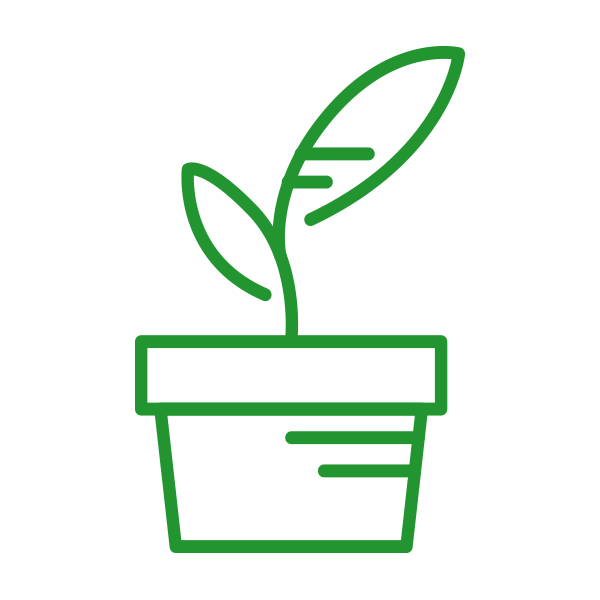 In-House Scribe SolutionsTake control of your medical scribe program
In-House Scribe SolutionsTake control of your medical scribe program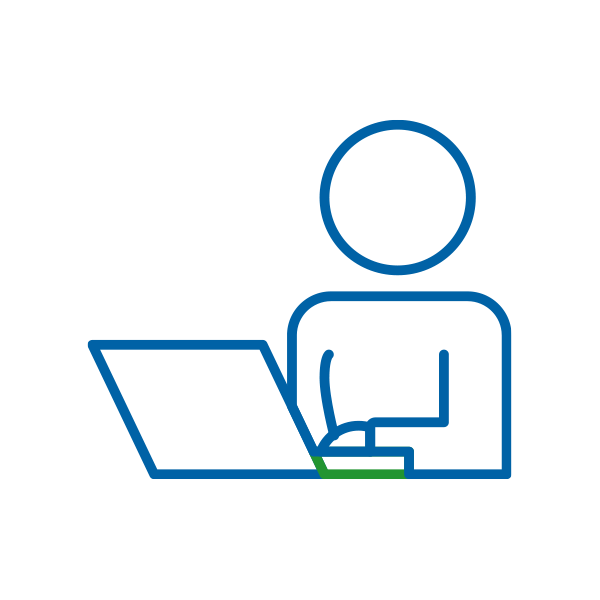 Contracted Full-Service Scribe SolutionsWe Build a Turn-Key Scribe Program For Your Organization
Contracted Full-Service Scribe SolutionsWe Build a Turn-Key Scribe Program For Your Organization In-House Scribe SolutionsTake control of your medical scribe program
In-House Scribe SolutionsTake control of your medical scribe program In-house Scribe Program OverviewWith the ScribeConnect Scribe Management Platform you can have the best part of medical scribe’s EHR documentation help right in your organization.
In-house Scribe Program OverviewWith the ScribeConnect Scribe Management Platform you can have the best part of medical scribe’s EHR documentation help right in your organization. Overview and Key featuresMedical scribe management doesn’t have to be difficult, no matter what every other scribe providers tell you. The only SaaS medical scribe management platform is here for you.
Overview and Key featuresMedical scribe management doesn’t have to be difficult, no matter what every other scribe providers tell you. The only SaaS medical scribe management platform is here for you.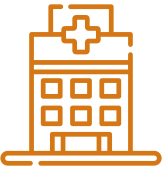 for Healthcare OrganizationsFrom large hospital systems across urban centers, to small clinics operating in rural areas, our platform is designed to scale, grown, and accommodate your medical scribing needs.
for Healthcare OrganizationsFrom large hospital systems across urban centers, to small clinics operating in rural areas, our platform is designed to scale, grown, and accommodate your medical scribing needs. for Education InstitutesLooking for ways to offer your pre-med and pre-PA students more value? Or have a scribe training curriculum already in place and looking for a wider medical student audience? We can help.
for Education InstitutesLooking for ways to offer your pre-med and pre-PA students more value? Or have a scribe training curriculum already in place and looking for a wider medical student audience? We can help. for Scribe ApplicantsApply to medical scribe job openings across the country, and join a community of thousands of medical scribes. Access our comprehensive scribe training courses and more!
for Scribe ApplicantsApply to medical scribe job openings across the country, and join a community of thousands of medical scribes. Access our comprehensive scribe training courses and more!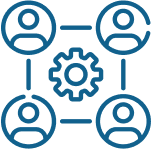 How to use our PlatformOur platform is simple to use, with robust features and powerful tools. Learn how to get the most out of our SaaS based platform with tips and tricks.
How to use our PlatformOur platform is simple to use, with robust features and powerful tools. Learn how to get the most out of our SaaS based platform with tips and tricks. Contracted Full-Service Scribe SolutionsWe Build a Turn-Key Scribe Program For Your Organization
Contracted Full-Service Scribe SolutionsWe Build a Turn-Key Scribe Program For Your Organization Full-Service Scribe Program OverviewWe hire, train, and manage your medical scribes so you don't have to.
Full-Service Scribe Program OverviewWe hire, train, and manage your medical scribes so you don't have to. Any provider, any time, anywhere.ScribeConnect has provided full-service, turn-key medical scribe programs for healthcare organizations large and small.
Any provider, any time, anywhere.ScribeConnect has provided full-service, turn-key medical scribe programs for healthcare organizations large and small.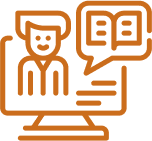 Frequently Asked QuestionsHere are some frequently asked questions that may help you decide whether or not a medical scribe program is right for you.
Frequently Asked QuestionsHere are some frequently asked questions that may help you decide whether or not a medical scribe program is right for you. Healthcare OrganizationsOur platform empowers your organization with intuitive tools to recruit, track applicants, train & certify scribes, and manage teams. Build and grow a strong and dynamic scribe program of any size with confidence.
Healthcare OrganizationsOur platform empowers your organization with intuitive tools to recruit, track applicants, train & certify scribes, and manage teams. Build and grow a strong and dynamic scribe program of any size with confidence. Healthcare OrganizationsOur platform empowers your organization with intuitive tools to recruit, track applicants, train & certify scribes, and manage teams. Build and grow a strong and dynamic scribe program of any size with confidence.
Healthcare OrganizationsOur platform empowers your organization with intuitive tools to recruit, track applicants, train & certify scribes, and manage teams. Build and grow a strong and dynamic scribe program of any size with confidence.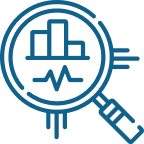 Solutions For Your Healthcare OrganizationEase your documentation load, keep your providers happy, and improve your revenue cycle with ScribeConnect Medical Scribe Solutions. Designed for Healthcare Networks, Clinics, Hospitals, Emergency Departments, and Practice Management Groups
Solutions For Your Healthcare OrganizationEase your documentation load, keep your providers happy, and improve your revenue cycle with ScribeConnect Medical Scribe Solutions. Designed for Healthcare Networks, Clinics, Hospitals, Emergency Departments, and Practice Management Groups Post A Job & Track ApplicantsWhether you're hiring one scribe, or an entire team or teams of scribes, we have America's largest dedicated medical scribe job board. Post, manage, and HIRE the most qualified scribes.
Post A Job & Track ApplicantsWhether you're hiring one scribe, or an entire team or teams of scribes, we have America's largest dedicated medical scribe job board. Post, manage, and HIRE the most qualified scribes. Course CatalogOur industry-leading, academically-based, professional Medical Scribe Training Courses (MSTCs) are designed for a range of topics, from general and continuing scribe training to in-depth specialty-specific courses.
Course CatalogOur industry-leading, academically-based, professional Medical Scribe Training Courses (MSTCs) are designed for a range of topics, from general and continuing scribe training to in-depth specialty-specific courses. Educational InstitutionsFrom enrollment to alumni services, ScribeConnect’s platform can be your powerhouse medical scribe training and certification program.
Educational InstitutionsFrom enrollment to alumni services, ScribeConnect’s platform can be your powerhouse medical scribe training and certification program. Educational InstitutionsFrom enrollment to alumni services, ScribeConnect’s platform can be your powerhouse medical scribe training and certification program.
Educational InstitutionsFrom enrollment to alumni services, ScribeConnect’s platform can be your powerhouse medical scribe training and certification program. Academic PartnershipsSee what a partnership with ScribeConnect can do for your department and institution.
Academic PartnershipsSee what a partnership with ScribeConnect can do for your department and institution. Learn About Our Collegiate CoursesLearn about our academically-rigorous certificate courses that have been developed for the college student and how they can complement & expand your program's offerings.
Learn About Our Collegiate CoursesLearn about our academically-rigorous certificate courses that have been developed for the college student and how they can complement & expand your program's offerings.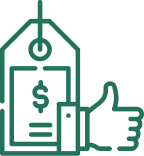 Financial Partnership ProgramSee how our financial partnership program can provide your institution with a new income stream in an extremely fast-growing, emerging, and competitive industry.
Financial Partnership ProgramSee how our financial partnership program can provide your institution with a new income stream in an extremely fast-growing, emerging, and competitive industry. ScribesAspiring scribes begin their education and path to employment here, while experienced scribes can learn valuable new skills and specialty-specific knowledge to take it to the next level.
ScribesAspiring scribes begin their education and path to employment here, while experienced scribes can learn valuable new skills and specialty-specific knowledge to take it to the next level. ScribesAspiring scribes begin their education and path to employment here, while experienced scribes can learn valuable new skills and specialty-specific knowledge to take it to the next level.
ScribesAspiring scribes begin their education and path to employment here, while experienced scribes can learn valuable new skills and specialty-specific knowledge to take it to the next level.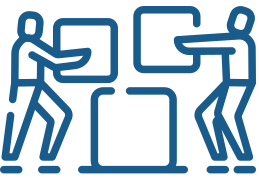 What We Can Do For YOU?ScribeConnect has built a rich legacy of helping pre-medical professionals launch their careers. Now we're providing more powerful tools than ever before to help you win. See how.
What We Can Do For YOU?ScribeConnect has built a rich legacy of helping pre-medical professionals launch their careers. Now we're providing more powerful tools than ever before to help you win. See how.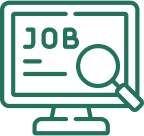 Find JobsSearch our job board and apply to jobs in your area. Apply to work directly with ScribeConnect at one of our locations or apply directly to one of our partners.
Find JobsSearch our job board and apply to jobs in your area. Apply to work directly with ScribeConnect at one of our locations or apply directly to one of our partners.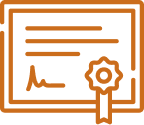 Course CatalogPosition yourself above the competition when you get certified through our rigorous Medical Scribe Training Courses (MSTCs). You'll be prepared and equipped to work as a scribe in the medical setting of your choice.
Course CatalogPosition yourself above the competition when you get certified through our rigorous Medical Scribe Training Courses (MSTCs). You'll be prepared and equipped to work as a scribe in the medical setting of your choice.